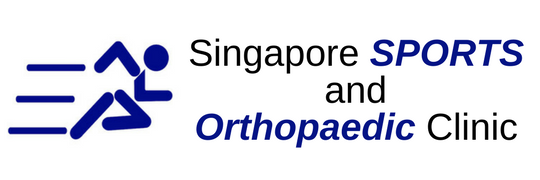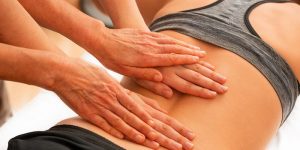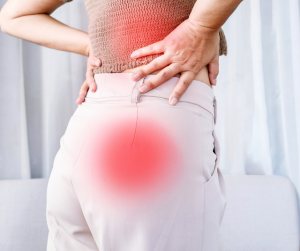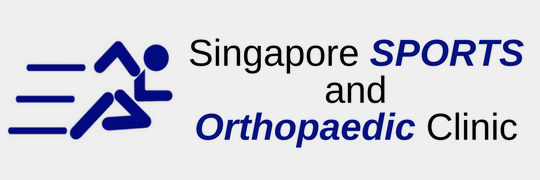The shoulder joint is composed of three different types of bones: the shoulder blade, upper arm bone and collarbone. This type of joint is a ball and socket joint, allowing for extreme flexibility and wide range of motion. The upper arm bone acts like a ball and is securely inside the shoulder blade socket. For stabilization purposes, the upper arm bone is slightly larger than the socket, ensuring that the fit is tight. To further enhance the stability, there is a layer of soft tissue called the labrum. Injuries to the labrum is the cause of a shoulder joint tear. In this article, we will look at some of the symptoms and preventive measures.
Symptoms of Glenoid Labrum tears are difficult to be diagnosed. The pain is unable to be localized to the exact location and pain is severely increased when actions involving the injured shoulder is attempted. Such actions can include stretching the arm or raising a hand. As time passes, the shoulder will be weaker and instability will start to set in.
Shoulder joint tears are often caused by a sudden trauma to the shoulder blade. These can include falling on an outstretched arm or a direct blow to the shoulder. In order to prevent this, protective measures should be taken:
Warm-ups and stretching
Have you ever taken a rubber band and pulled it suddenly? The rubber band will end up breaking immediately. This is the same for our muscles and it is the reason why warm ups and stretching are extremely important. Warming up will loosen the muscles and enable the tendons and ligaments to stretch. This will allow them to function properly and hold the shoulder joint together.
Protective gears
Shoulder joint tears are also much more common in players engaging in high impact sports such as rugby and baseball. Players often wear protective paddings designed for the shoulder. These cushioning pads are able to cushion and absorb shocks to a certain extent. Some are even able to prevent fractures and dislocations.
Build strong muscles
Building up strength in the shoulders will increase the ability of tendons, ligaments and muscles to withstand the impact experienced by the shoulder. Strong muscles will hold the shoulder together and prevent any muscular tears during an impact.
Shoulder joint tears are extremely painful and affects our daily lifestyle. Players who participate in high impact or repetitive sports shoulder consider investing in good protective gears and ensure that proper warm ups are performed prior to the start of their activity.







